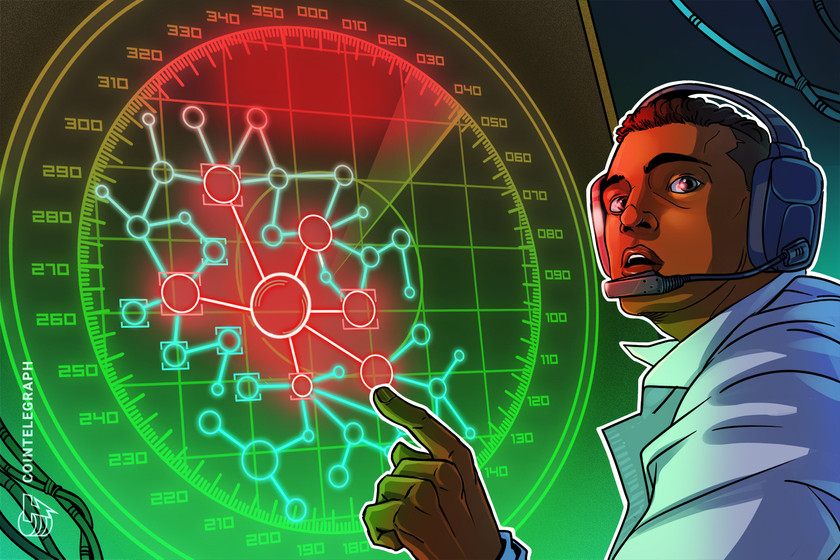Bitcoin won’t be beaten as digital store of value: VanEck CEO


“It’s impossible for me to imagine some other internet store of value [will] leapfrog Bitcoin,” said Jan van Eck, making a bullish case for BTC.
The CEO of investment management firm VanEck says he can’t see a world where Bitcoin (BTC) is overtaken as the leading store of value on the internet.
“I think it’s impossible for me to imagine some other internet store of value [will] leapfrog Bitcoin,” Jan van Eck said in a Dec. 16 interview with CNBC.
The CEO — $76.4 billion in assets under management — also crushed accusations that Bitcoin is in a “bubble,” — explaining that no asset has ever been in a bubble that continues to outperform itself every market cycle. He added:































